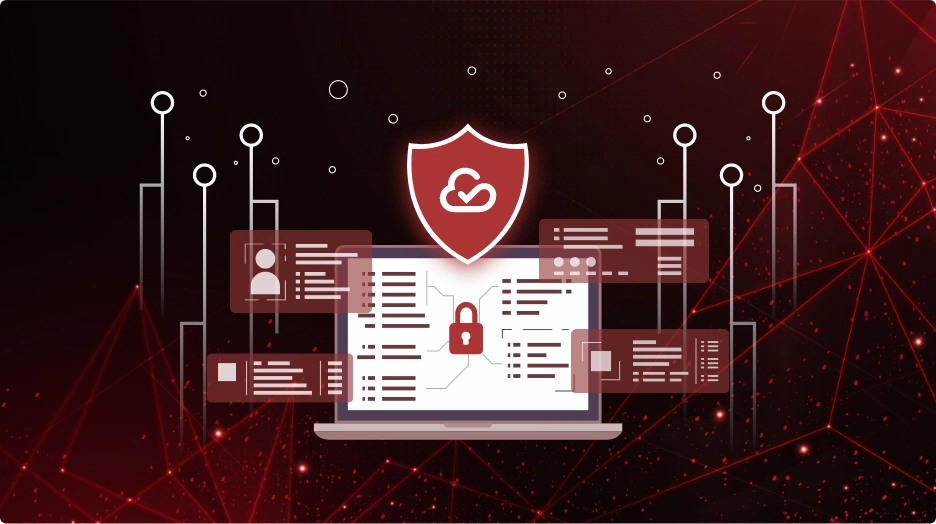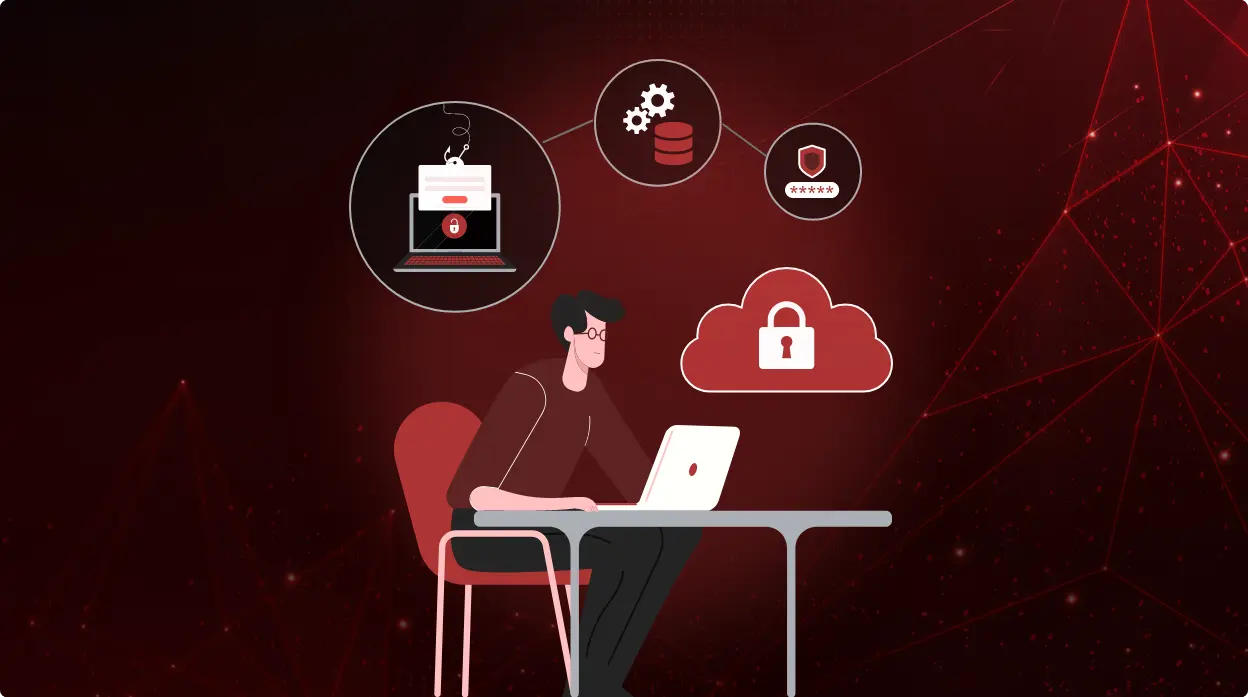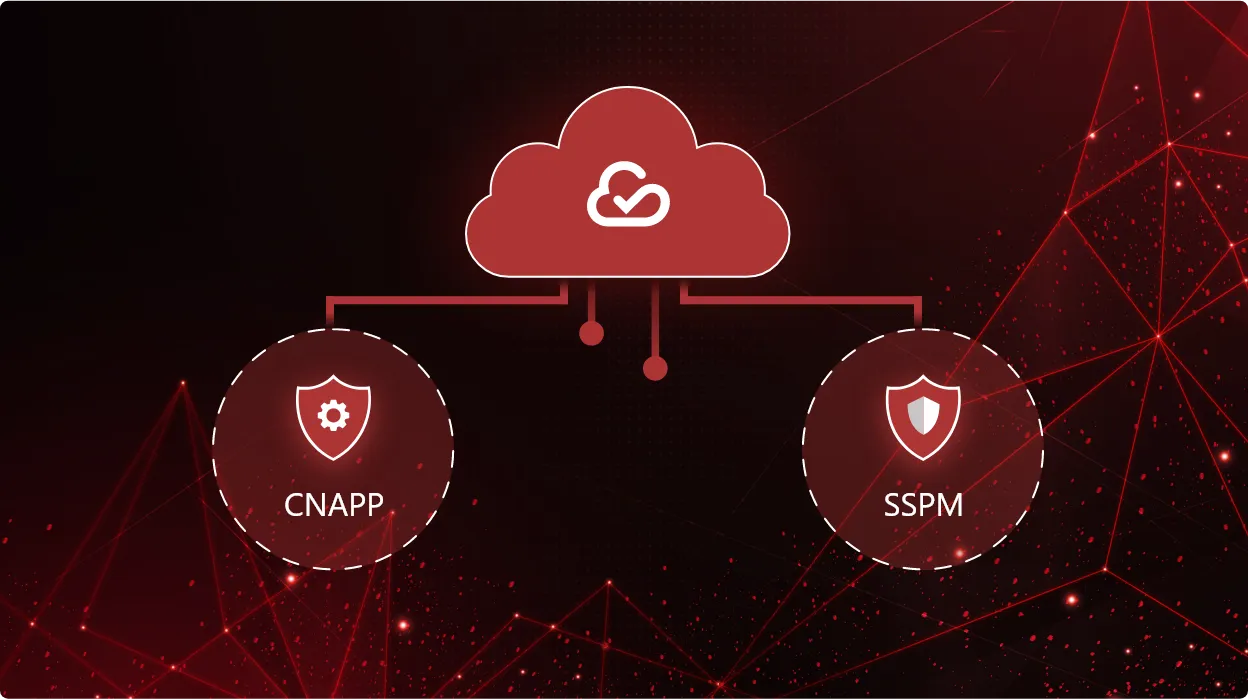A Review of Gartner’s Top Strategic Cybersecurity Trends for 2023 and Beyond

As digital threats loom large, staying abreast of cybersecurity trends is paramount. In their report, Gartner unveiled a set of strategic cybersecurity trends, providing a roadmap for organizations to bolster their defenses.
Responsive Ecosystems:
- Threat Exposure Management: This involves a continuous approach to refining cybersecurity priorities by better understanding an organization’s exposure to threats and addressing vulnerabilities.
- Identity Fabric Immunity: It’s about building digital identity systems that are resilient to attacks by investing in both prevention and detection/response, minimizing defects and failures.
- Cybersecurity Validation: This trend combines techniques and tools to assess how attackers might exploit identified threats and how security measures would respond.
Restructuring Approaches:
- Cybersecurity Platform Consolidation: This involves a continuous approach to refining cybersecurity priorities by better understanding an organization’s exposure to threats and addressing vulnerabilities.
- Security Operating Model Transformation: It distributes technology and analytical work to make faster cybersecurity risk decisions and achieve better business outcomes.
- Composable Security: This approach integrates cybersecurity controls into business processes at a modular level to protect against changes in the organization.
Rebalancing Practices:
- Human-Centric Security Design: It prioritizes employee experience and behavior across the control management lifecycle, reducing unsecure employee actions by drawing upon behavioral sciences.
- Enhancing People Management: This focuses on attracting and retaining cybersecurity talent, which leads to functional and technical maturity improvements.
- Increasing Board Oversight: This mandates that board members pay more attention to cybersecurity as part of their governance responsibilities, requiring greater cybersecurity expertise on boards.
From this list, let us explore “Cybersecurity Platform Consolidation”. It entails the strategic move towards integrating and unifying various security tools and solutions. By consolidating, organizations aim to streamline and centralize their security operations, making them more efficient and effective.
The need for this consolidation arises from the ever-expanding complexity of the cloud. As threats grow in sophistication, managing a multitude of disparate security tools can become unwieldy. Cybersecurity Platform Consolidation, as the solution, reduces this complexity by bringing multiple security functions under one roof.
The key lies in using fewer vendors for cybersecurity needs. By reducing the number of security solution providers, organizations unlock a treasure trove of benefits. Firstly, it pares down complexity, simplifying the management of security measures. This streamlining, in turn, enhances operational efficiency, freeing up valuable time and resources for security teams.
The benefits are multifold. Moreover, a consolidated approach improves the integration of security functions, ensuring they work seamlessly in tandem. The end result is a fortified security posture, better equipped to thwart emerging threats.
Reduced complexity not only eases the burden on cybersecurity teams but also boosts staff efficiency. Integration of tools results in smoother collaboration and communication between different security systems. The outcome is a fortified security posture, where the organization is better equipped to defend against modern digital threats.
The Role of Security Posture Management
Security Posture Management helps assess the current state of an organization’s security, identifying vulnerabilities and weaknesses. More than just spotting these gaps, it plays an active role in helping organizations fortify their defenses. It aids in formulating a proactive security strategy, setting the stage for a resilient cybersecurity ecosystem.
Now, here’s where its synergy with Cybersecurity Platform Consolidation comes into play. In a consolidated security framework, Security Posture Management acts as the glue that holds the diverse elements together. It ensures that the integrated tools, systems, and processes are aligned in fortifying the organization’s security posture.
By integrating Security Posture Management within the consolidated structure, organizations gain not only a bird’s-eye view of their security but also the ability to act swiftly and decisively to mitigate risks. This symbiotic relationship between Cybersecurity Platform Consolidation and Security Posture Management is the foundation of a robust and agile security strategy.
Leveraging SSPM & CSPM Tools Like CheckRed
The digital landscape is rapidly shifting towards cloud environments, demanding a fresh approach to security. CheckRed excels in managing security posture in the cloud. It offers a holistic view of an organization’s cloud security, ensuring that no gaps go unnoticed. Continuous monitoring is a standout feature. It means real-time scrutiny of cloud environments, providing instant alerts to any potential threats or vulnerabilities. Compliance checks are another capability. These tools assist in ensuring that your cloud setup aligns with industry standards and regulatory requirements.
Benefits of Cybersecurity Platform Consolidation with CheckRed
When the power of Cybersecurity Platform Consolidation is combined with CheckRed, organizations enjoy a unified and streamlined security infrastructure that’s second to none. It brings together the strength of fewer vendors in cybersecurity with the precision of CheckRed’s cloud security prowess.
Integration of CheckRed within a consolidated cybersecurity framework means seamless collaboration between different security elements. This results in the following benefits:
- Reduced complexity
- Stronger defense
- Improved operational efficiency
By leveraging CheckRed within the realm of Cybersecurity Platform Consolidation, organizations gain a strategic edge in their security strategy. It’s a partnership that promises a secure and resilient digital future.
This exploration of Gartner’s cybersecurity trends has highlighted the significance of Cybersecurity Platform Consolidation and the pivotal role of Security Posture Management. The consolidation of security tools and the integration of SaaS and Cloud Security Posture Management tools like CheckRed have emerged as potent strategies for fortifying your organization’s defenses.
It is vital to remember that staying updated with evolving trends, especially those endorsed by industry authorities like Gartner, can serve as the compass to a more secure future. Organizations must embrace the wisdom of consolidation and invest in SaaS and Cloud Security Posture Management to march forward with confidence in the dynamic domain of cybersecurity.


